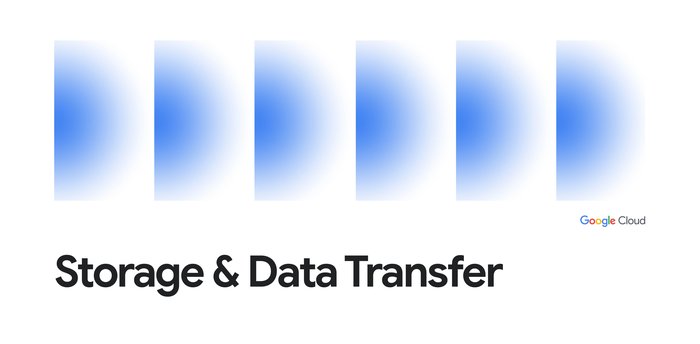8 common reasons why enterprises migrate to the cloud
Tom Nikl
Cloud Migration Team, Google Cloud
Ravi Kiran Chintalapudi
Product Manager
[Editor’s note: This post originally appeared on the Velostrata blog. Velostrata has since come into the Google Cloud fold, and we’re pleased to now bring you their seasoned perspective on deciding to migrate to cloud. There’s more here on how Velostrata’s accelerated migration technology works. ]
At Velostrata, we’ve spent a lot of time talking about how to optimize the cloud migration process. But one of the questions we also get a lot is: What drives an enterprise’s cloud migration in the first place? For this post, we chatted with customers and dug into our own data, along with market data from organizations like RightScale and others to find the most common reasons businesses move to the cloud. If you think moving to the cloud may be in your future, this can help you determine what kinds of events may result in starting a migration plan.
1. Data center contract renewals
Many enterprises have contracts with private data centers that need to be periodically renewed. When you get to renegotiation time for these contracts, considerations like cost adjustments or other limiting factors often come up. Consequently, it’s during these contract renewal periods that many businesses begin to consider moving to the cloud.
2. Acquisitions
When companies merge, it’s often a challenge to match up application landscapes and data—and doing this across multiple on-prem data centers can be all the more challenging. Lots of enterprises undergoing mergers find that moving key applications and data into the cloud makes the process easier. Using cloud also makes it easier to accommodate new geographies and employees, ultimately resulting in a smoother transition.
3. Increased capacity requirements
Whether it’s the normal progression of a growing business or the need to accommodate huge capacity jumps during seasonal shifts, your enterprise can benefit from being able to rapidly increase or decrease compute. Instead of having to pay the maximum for on-prem capacity, you can shift your capacity on-demand with cloud and pay as you go.
4. Software and hardware refresh cycles
When you manage an on-prem data center, it’s up to you to keep everything up to date. This can mean costly on-prem software licenses and hardware upgrades to handle the requirements of newly upgraded software. We’ve seen that when evaluating an upcoming refresh cycle, many enterprises find it’s significantly less expensive to decommission on-prem software and hardware and consider either a SaaS subscription or a lift-and-shift of that application into the public cloud. Which path you choose will depend greatly on the app (and available SaaS options), but either way it’s the beginning of a cloud migration project.
5. Security threats
With security threats only increasing in scale and severity, we know many enterprises that are migrating to the cloud to mitigate risk. Public cloud providers offer vast resources for protecting against threats—more than nearly any single company could invest in.
6. Compliance needs
If you’re working in industries like financial services and healthcare, ensuring data compliance is essential for business operations. Moving to the cloud means businesses are using cloud-based tools and services that are already compliant, helping remove some of the burden of compliance from enterprise IT teams.
7. Product development benefits
By taking advantage of benefits like a pay-as-you-go cost model and dynamic provisioning for product development and testing, many enterprises are finding that the cloud helps them get products to market faster. We see businesses migrating to the cloud not just to save time and money, but also to realize revenue faster.
8. End-of-life events
All good things must come to an end—software included. Increasingly, when critical data center software has an end-of-life event announcement, it can be a natural time for enterprise IT teams to look for ways to replicate those services in the cloud instead of trying to extend the life cycle on-prem. This means enterprises can decommission old licenses and hardware along with getting the other benefits of cloud.
As you can see, there are a lot of reasons why organizations decide to kick off their cloud journeys. In some cases, they’re already in the migration process when they find even more ways to use cloud services in the best way. Understanding the types of events that frequently result in a cloud migration can help you determine the right cloud architecture and migration strategy to get your workloads to the cloud.
Learn more here about cloud migration with Velostrata.


